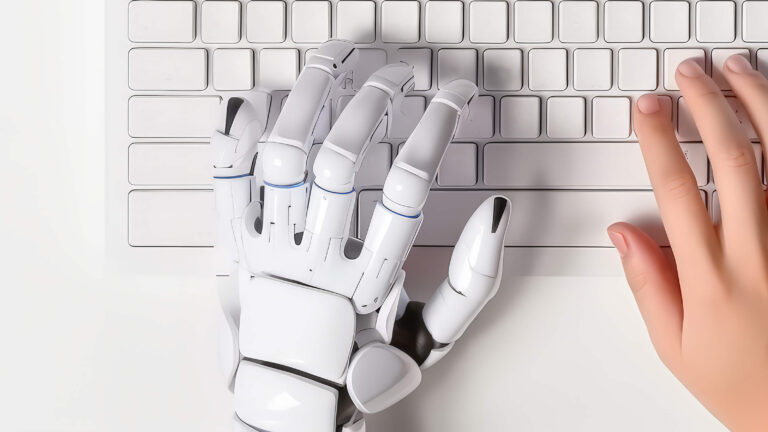At Index Exchange, we’re in the very fortunate position that when COVID-19 necessitated all of our employees to work remotely, we were able to do so without significant disruption. This includes our engineering team, whose 200+ employee workforce is spread across our three Canadian offices in Toronto, Montreal, and Kitchener-Waterloo.
As natural innovators, we’ve not only taken to remote working in stride, but to the next level, pivoting to new ways of collaborating within our teams to ensure that—despite not being in the same physical space—we still remain connected, informed, and engaged.
Part of that pivot has involved experimenting with new conferencing and productivity tools. With no shortage of these tools available on the market, here are three ways Index’s engineering teams have embraced remote working:
Staying connected
Development work at Index is really collaborative and we’re usually collocated, making it simple to pair up, share knowledge, and get answers or a fresh perspective right when you need it. With connection being especially important for our teams, we’ve had to find additional ways to communicate.
Jumping onto a video conference can be helpful for scheduled meetings, but teams need to communicate on a frequent and ongoing basis. Between pair programming, discussing a testing strategy, or the pros and cons of a design decision, simply being able to connect with someone easily and quickly is critical.
Our engineers are managing to pair up effectively and work together even when apart. A popular solution is to use Visual Studio Live Share for remote pair programming and debugging issues, as it enables engineers to work on the same code at the same time without sharing the same screen or keyboard.
Some are even communicating via Discord, a VoIP application that is more popular in the gaming community than in business. Thanks to its channels feature, teams are able to pop in and out of dedicated, always-on channels if they need to chat quickly through something vocally, saving the time it takes to type out a message or set up a video call.
Cultivating our community
Having a sense of community has always been fundamental to life at Index. In continuing to foster that community, many engineering teams have taken to incorporating new and unique ways to do so. Some teams have organized casual midday syncs to discuss how their day is going instead of a more formal agenda-driven meeting. Collaborating on a Spotify playlist or two has also grown into an entertaining way to uphold our friendly culture.
And of course, engineering at Index wouldn’t be the same without the weekly Agora, a forum for our engineers to share what they’re working on, recent discoveries, host AMAs, and discuss new ideas. While already partially remote in its original form across our three engineering offices, the Agora powers on completely remotely and is still the engaging gathering place it has always been.
Exploring ways to collaborate
Both the engineering and commercial teams at Index collaborate daily to build the right products and services for our customers. Whether teams are retrospecting on a recent sprint, or engaged in story mapping to gain a holistic view of the user experience, or solving any other problems, getting everyone’s opinion and perspective is what matters most. Our first choice is to collaborate face-to-face, but when that isn’t an option, bringing all stakeholders together to share knowledge and solve a problem can be difficult. Since we’re big on continuous improvement at Index, it was natural for our teams to approach these challenges as opportunities for exploring new (and sometimes better) ways of collaborating.
To support visual thinking, we’ve been experimenting with Mural, a collaborative workspace where engineers can co-create in real time. Many have found the tool simple to use, especially because it’s easy to capture their ideas quickly, organize notes, and attach screenshots and drawings. The best part: it’s an ever-expanding whiteboard with an unlimited supply of stickies, keeping everyone’s attention focused on what matters—which is really important when designing a solution for big problems. By reframing what are ostensibly obstacles as opportunities, our engineering teams have been able to evaluate recent events, strengthen interactions, and overcome the challenges of remote work.
Like many worthwhile tasks, good code takes sufficient time to develop. In order to keep all stakeholders up to date on the progress of ongoing tasks, some teams have taken to Recordit to record and share micro demos. Rather than organizing another conference call, teams can create GIFs of their demos that they can then easily share across multiple platforms.
Flexible, remote working is here to stay
Looking forward, it’s not completely clear as to how long Index Exchange and organizations like us will have to work from home. But at the same time, it doesn’t matter: our engineering teams have adapted to the new normal at lightning speed and are still experimenting with tools, finding efficiencies, and increasing collaboration where they can. These attributes of our hardworking team perfectly encapsulate why we describe ourselves as an engineering-first company.
Back to blog



